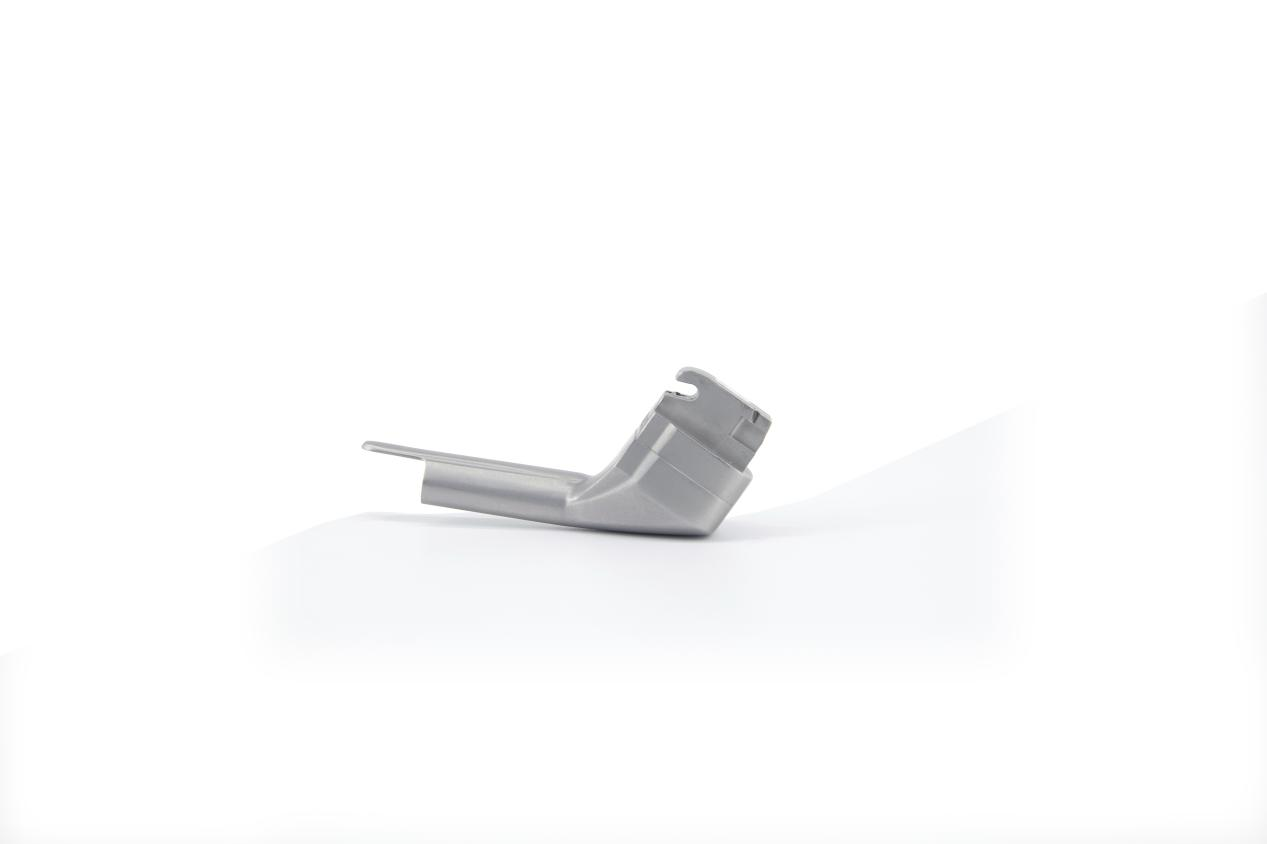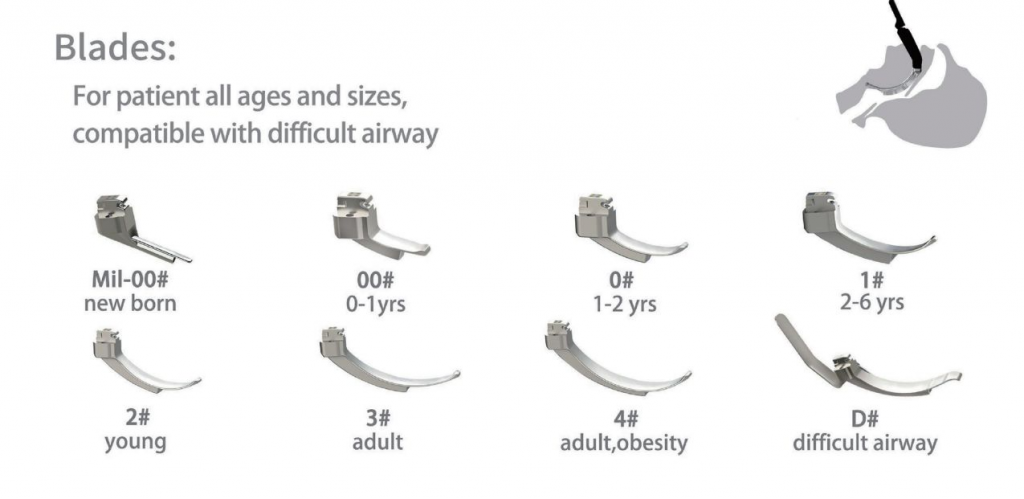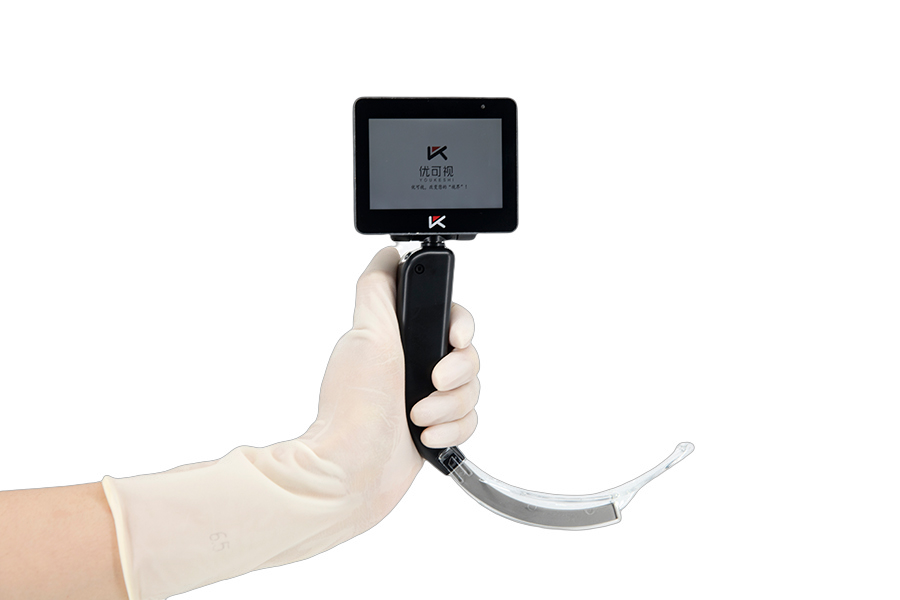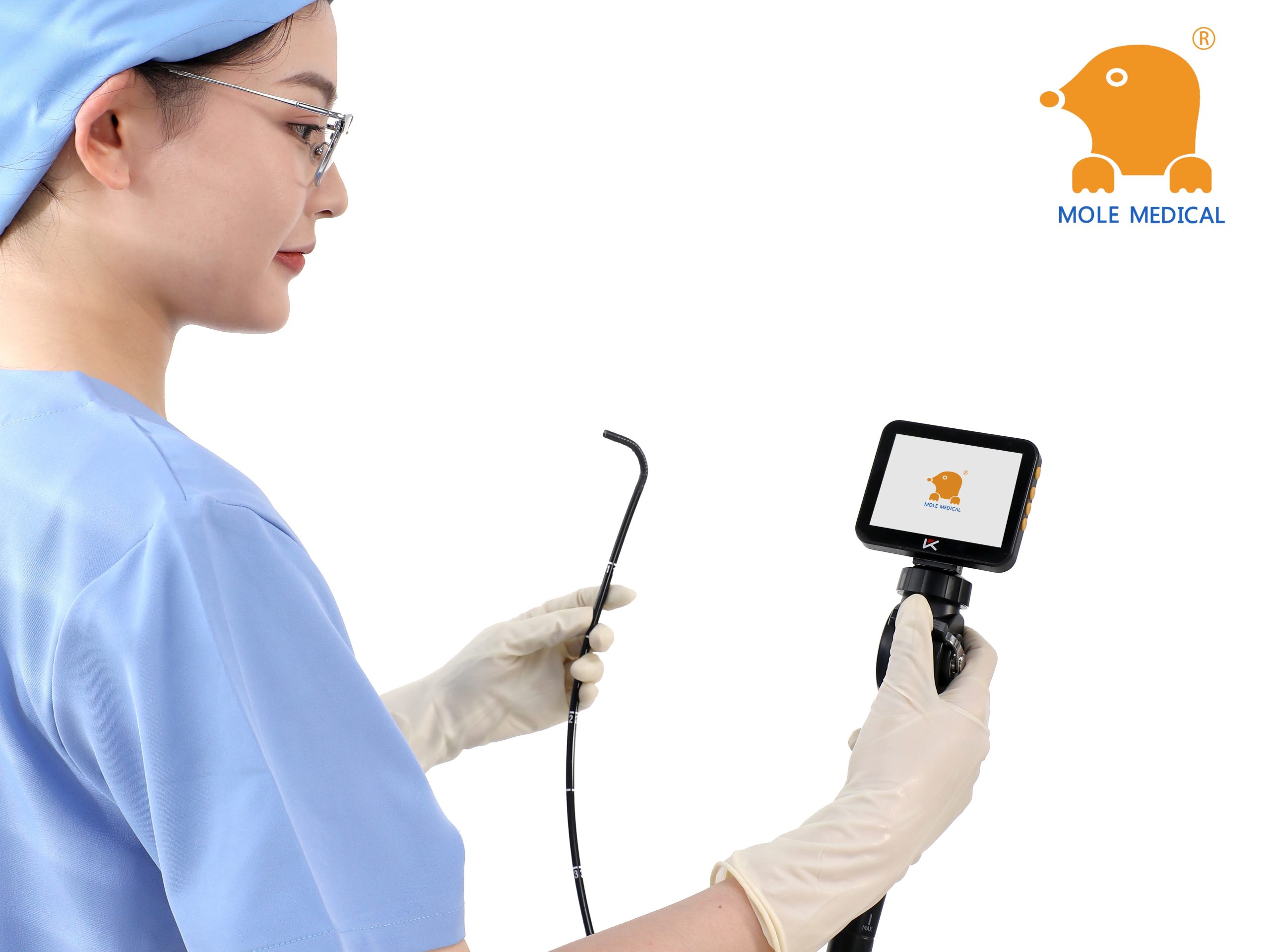Laryngoscope Blade Sizes for Neonates Guide
Dec 23, 2023
Proper care for neonates in critical situations is of utmost importance, and intubation is a critical part of that care. Using the right laryngoscope blade sizes for neonates is crucial for ensuring safe intubation and proper care of newborns.
This guide will provide a comprehensive overview of neonatal laryngoscope blade sizes, their significance, factors that need to be considered while selecting the right blade, and tips and recommendations for their safe usage on neonates.
Key Takeaways:
- Choosing the correct laryngoscope blade size for neonates is crucial
- Factors to consider while selecting the laryngoscope blade include material, design, and compatibility with intubation equipment
- The best laryngoscope blade for neonates is determined by blade size, quality, durability, and ease of intubation
- Tips and recommendations should be closely followed to ensure safe usage of laryngoscope blades on neonates
- Understanding neonatal laryngoscope blade sizes assists healthcare professionals in enhancing newborn care and promoting better patient outcomes
Understanding the Importance of Laryngoscope Blades for Newborns
When dealing with newborns, using appropriate laryngoscope blades is crucial for successful intubation and preventing potential harm to the patient. The laryngoscope blade size chart specifically designed for neonates provides guidance on selecting the proper blade size according to the patient’s age and weight.
Choosing the right laryngoscope blade for newborns is also crucial for reducing the risk of injury or complications during intubation. Healthcare professionals must consider various factors such as the shape and design of the blade, ease of use, and compatibility with intubation equipment.
Furthermore, neonatal laryngoscope blade sizes differ significantly from those used for adult patients. Healthcare professionals must be aware of the differences and choose neonatal blades for newborns.
In light of these considerations, choosing appropriate laryngoscope blades for newborns requires careful consideration and attention to detail. Healthcare professionals must consult the laryngoscope blade size chart for neonates and take various factors into account to ensure safe and effective intubation.
Neonatal Laryngoscope Blade Sizes for Different Age Categories
Choosing the appropriate laryngoscope blade size is critical for neonates of various age categories. Infants, especially premature babies, require careful consideration when selecting specific blades for safe and efficient intubation procedures.
For premature babies, a size 0 or 00 blade is recommended, while neonates with a weight of 1.5 kg or more may require size 1 blades. For larger and older neonates, size 2 or 3 blades are typically used.
It is essential to ensure that the chosen blade size is appropriate for the patient’s needs to avoid complications during intubation. Healthcare professionals must carefully consider the patient’s age and weight when selecting the appropriate blade size.
Factors to Consider When Selecting Laryngoscope Blades for Neonates
Choosing the right laryngoscope blades for neonates is a critical decision that requires careful consideration. Some of the essential factors to consider include blade material, design, and compatibility with intubation equipment.
Blade Material:
The material used to manufacture the blade can significantly affect the intubation procedure’s success and safety. High-quality stainless steel blades are durable, easy to clean, and have a more extended lifespan.
Blade Design:
The blade design should be specific to the neonate’s oral anatomy to ensure a snug fit, provide optimal exposure, and minimize the risk of damage. Straight blades are commonly used for neonates due to the natural curvature of their airways.
Compatibility:
It is crucial to ensure that the laryngoscope blade is compatible with the intubation equipment available in your facility. Resistance-free insertion and secure attachment to the handle are essential requirements to enable a smooth, efficient intubation process.
By considering these essential factors and consulting with neonatal care specialists, healthcare professionals can select the right laryngoscope blades for neonates, ensuring optimal intubation and safe care procedures.
Best Laryngoscope Blade for Neonates

When it comes to finding the best laryngoscope blade for neonates, quality, durability, and ease of intubation are the most important factors to consider. After thorough research and consultation, top-rated blades are recommended by neonatal care specialists.
The Miller blade, also known as the straight blade, is a popular option for neonates with a smaller airway, providing better visualization during intubation. The Macintosh blade, which is curved, is also commonly used in neonatal care for its ability to facilitate easy intubation.
Other blades worth considering include the Wis-Hipple, which is designed for premature babies, and the Robertson, which is a smaller, lighter version of the Macintosh blade.
Ultimately, the best laryngoscope blade for neonates will depend on the age and individual needs of the patient, as well as the preference and experience of the healthcare provider.
Tips and Recommendations for Using Laryngoscope Blades on Neonates
Intubating neonates can be a challenging and delicate procedure, but using the right laryngoscope blade size can make all the difference. Here are some tips and recommendations for safely using laryngoscope blades on neonates:
Handle with Care
Always handle laryngoscope blades with care, as excessive force or mishandling can lead to injury. Ensure that the blade is not bent or damaged and that the light source is working correctly before use.
Clean Properly
Clean the laryngoscope blades thoroughly before and after use to prevent cross-contamination and reduce the risk of infection. Use an approved disinfectant solution and follow the manufacturer’s instructions for cleaning and sterilization.
Ensure Proper Insertion
Proper blade insertion is critical for safe and effective intubation. Make sure that the blade is correctly oriented and inserted into the patient’s mouth to avoid discomfort or injury. Always insert the blade gently and slowly, allowing time for the patient’s natural reflexes to respond.
Confirm Placement
Confirm that the endotracheal tube is inserted into the trachea and not the esophagus by verifying the tube depth and listening for breath sounds. Use proper monitoring equipment to ensure accurate placement.
Choose the Right Blade Size
Choosing the correct laryngoscope blade size for a neonate is essential to ensure optimal intubation. Consult a neonatal laryngoscope blade size chart or seek guidance from a healthcare professional to ensure the right size is used.
By following these tips and recommendations, healthcare professionals can minimize the risk of complications and improve patient outcomes during neonatal intubation procedures.
Conclusion
In conclusion, selecting the appropriate laryngoscope blade size is essential in providing safe and effective care for neonates. Healthcare professionals must consider the age category of the neonate and the factors when choosing a blade to minimize the risk of complications during intubation.
Based on recommendations from neonatal care specialists, the best laryngoscope blades for neonates are ones that are easy to use, durable, and compatible with intubation equipment. Adhering to best practices when using laryngoscope blades and following proper handling and cleaning guidelines can further reduce the risk of complications during intubation procedures.
By following the guidelines outlined in this comprehensive guide on neonatal laryngoscope blade sizes, healthcare professionals can help enhance newborn care and improve patient outcomes. It is essential to prioritize safety and effectiveness in neonatal care, and selecting the right laryngoscope blade size is a crucial step in achieving this goal.
Categories
Latest Articles

Mole Medical invites you to meet at Expomed Eurasia 2025
Mole Medical invites you to meet at Expomed Eurasia 2025 Mole Medical sizi Expomed Eurasia 2025'te buluşmaya davet ediyor

Mole Medical invites you to meet the 91st China International Medical Equipment Fair (2025 Shanghai CMEF)
Dear partners at home and abroad:In the era of the booming development of global Medical technology, Mole Medical has always adhered to the original intention of innovation, and made intensive efforts in the field of medical endoscopes, constantly making technological breakthroughs and developing high-quality products. On this occasion, we cordially invite you to attend the ... Read more

Essential Laryngoscope Parts and Their Vital Uses
The laryngoscope is a vital medical instrument that allows doctors to examine the throat and vocal cords with precision. By providing a clear view of the airway, it plays a crucial role in various medical procedures, particularly in airway management. This tool is essential for ensuring patients can breathe properly, as it facilitates safe and ... Read more

From cleaning to maintenance: a holistic management strategy for Mole medical electronic bronchoscopes
In the modern medical field, electronic bronchoscope is an important tool for the diagnosis and treatment of respiratory diseases, and its accuracy and safety are directly related to the treatment effect and life safety of patients. Mole Medical's electronic bronchoscopes are widely recognized for their superior performance and precise diagnostic capabilities. However, to ensure that this high-end equipment is always in top condition, a comprehensive management strategy from cleaning to maintenance is essential.

More than ten years focus on the field of anesthesia Jiangsu Mole Medical, providing airway equipment for thousands of hospitals around the world
More than ten years focus on the field of anesthesia Jiangsu Mole Medical, providing airway equipment for thousands of hospitals around the world



